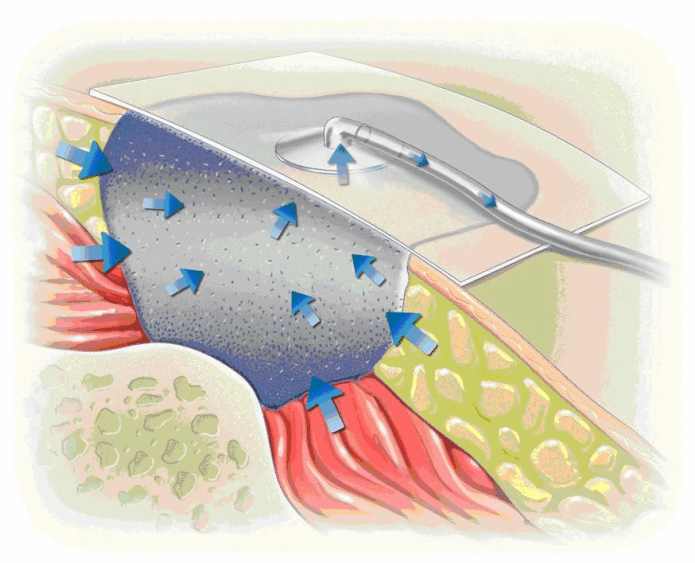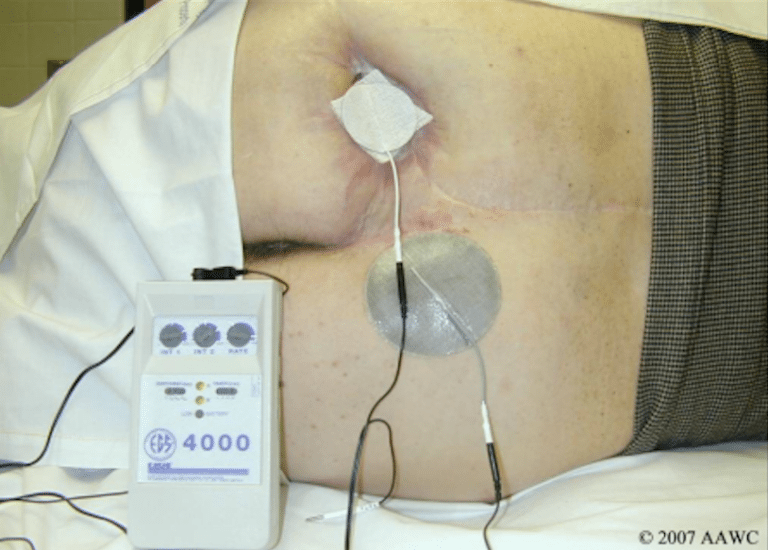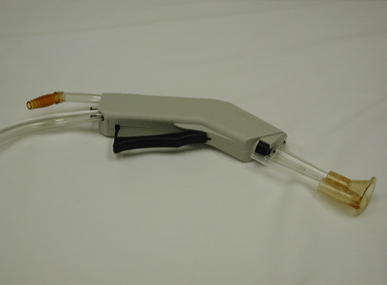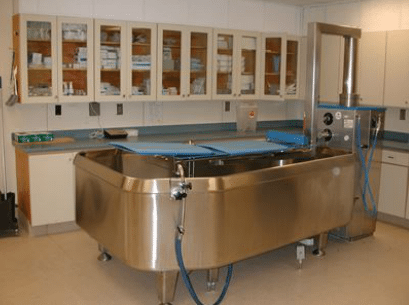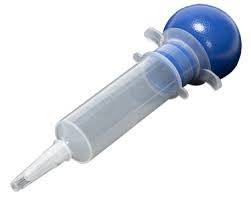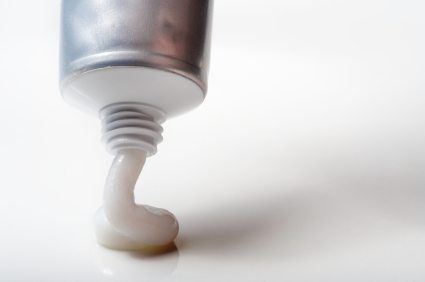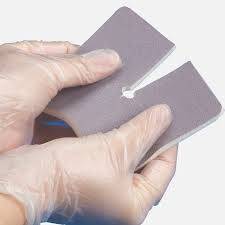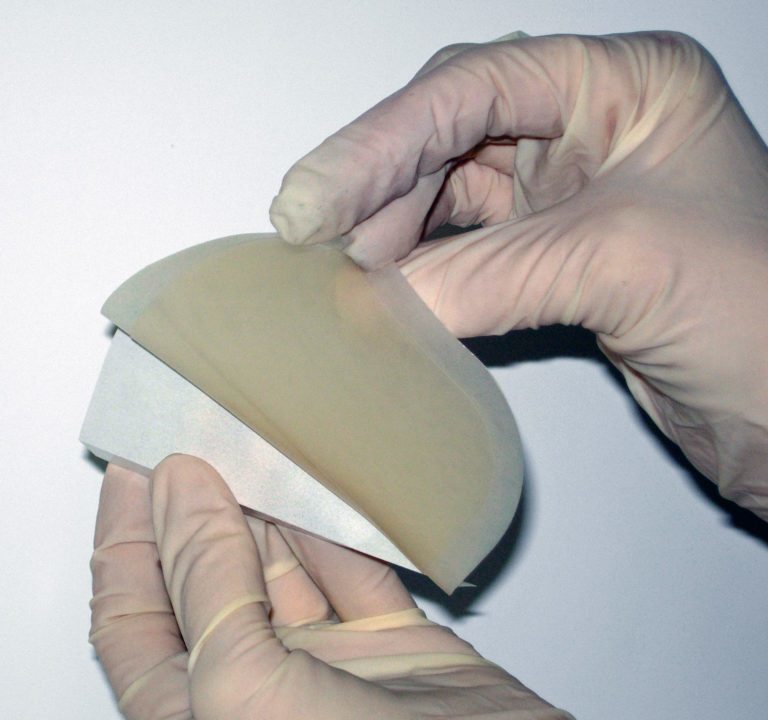Wound Modalities Utilized in Wound Care: Promising Modalities Used Less Commonly
In this series, we have been focusing on wound care modalities that are commonly used in wound care management. Now we turn our focus to lesser known and less common wound care tactics. Monochromatic Infrared Energy (MIRE) Monochromatic Infrared Energy (MIRE) involves the delivery of near-infrared energy to the skin using diode pads. This therapy…


